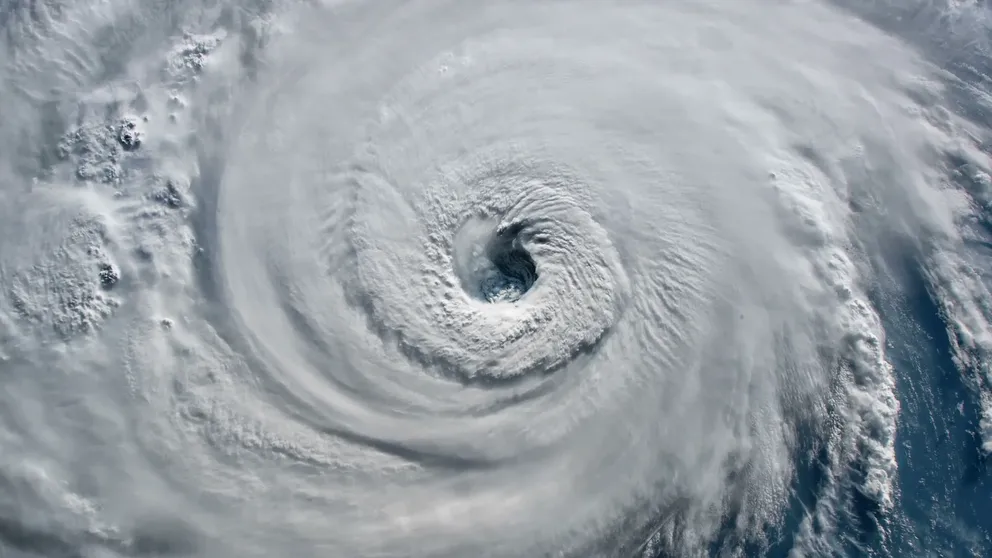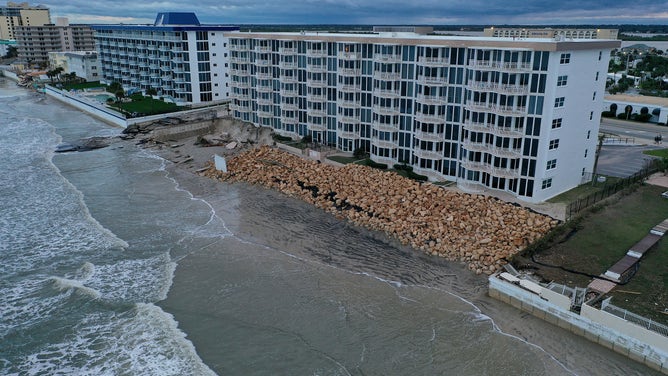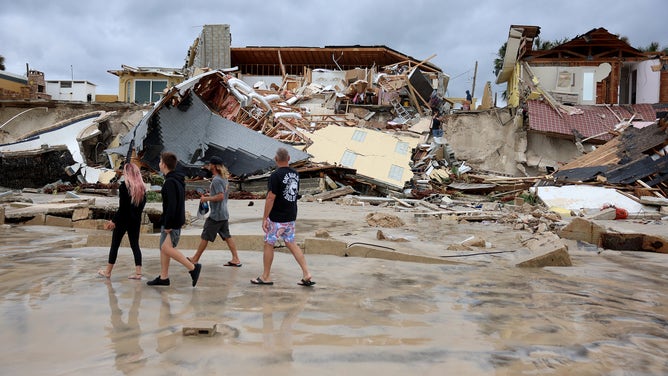What is a Category 1 hurricane?
According to NOAA, homes can sustain damage to roofs, gutters and other exposed areas. Diseased trees and weak branches are usually snapped. Power outages in areas with a thick tree canopy can last several days. During the 2022 hurricane season, Nicole was a Category 1 when it made landfall on Florida’s east coast.
How hurricanes get their names
How and why hurricanes get their names have evolved over the past century.
A hurricane with maximum sustained winds of 74-95 mph is considered to be a Category 1 cyclone on the Saffir-Simpson Hurricane Wind Scale.
A Category 1 storm is the weakest of all hurricanes but is stronger than a tropical storm.
The scale does not take into account flooding, erosion, tornadoes or storm surge that can be hazardous during a Category 1 hurricane.
According to NOAA, homes can sustain damage to roofs, gutters and other exposed areas. Diseased trees and weak branches are usually snapped by the strong winds.
In communities with a thick tree canopy, power outages can last several days.
Along the coast, a Category 1 hurricane can produce storm surge from 4 to 5 feet. This rise in water level can cause localized erosion and flood low-lying areas.
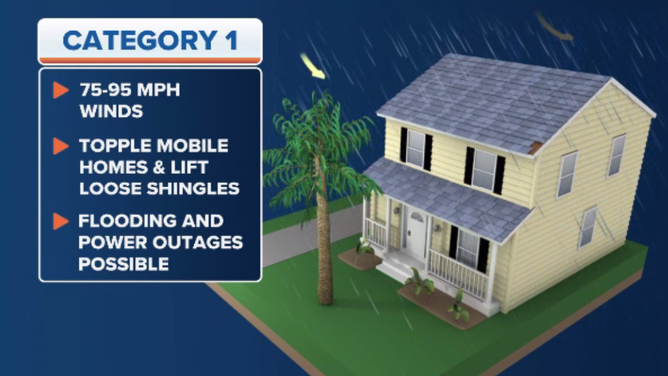
Category 1 hurricane explainer
(FOX Weather)
7 FACTS TO KNOW ABOUT HURRICANES
Prior to the arrival of a storm, evacuations are issued for the lowest-lying areas, those with medical needs and residents of mobile homes.
After the passage of a Category 1 hurricane, clean-up of debris may take several days.
Once sustained winds are greater than 95 mph, a hurricane is considered to be a Category 2 on the Saffir-Simpson scale.
A Category 2 storm is capable of producing moderate damage, but similar to a Category 1, it is not a major hurricane.
On average, seven tropical storms strengthen into a Category 1 hurricane every season, with the first forming around August 11 and the last on November 15.
Memorable Category 1 strikes on the U.S.
Hurricane Nicole (75 mph) - 2022
- Landfall location: Vero Beach, Florida
- U.S. damage: < $1 Billion
- Hurricane Nicole made landfall near Vero Beach, Florida, on Nov. 10, 2022. Five deaths were tied to the storm that caused significant beach erosion in Central Florida.
Hurricane Isaias (85 mph) - 2020
- Landfall location: Ocean Isle Beach, North Carolina
- U.S. damage: $4.8 billion
- Hurricane Isaias caused significant power outages and a tornado outbreak along the Eastern Seaboard. Nearly 3 million outages were reported from the Carolinas to New England, and at least ten deaths were attributed to the storm in the Lower 48.
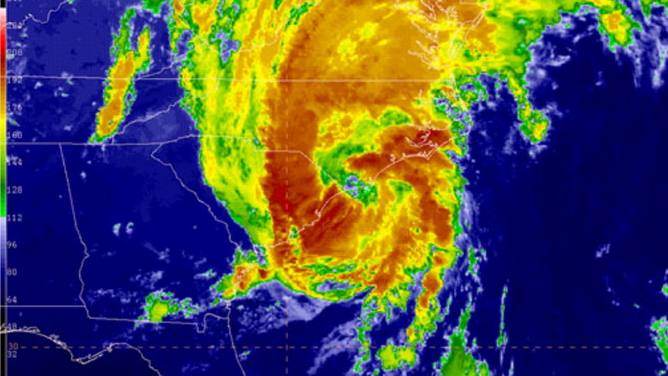
Hurricane Isaias satellite
(NOAA)
Hurricane Florence (90 mph) – 2018
- Landfall location: Wrightsville Beach, North Carolina
- U.S. damage: $24.2 billion
- Hurricane Florence was slow moving, which allowed the storm to weaken before landfall but led to significant flooding in the Carolinas. The hurricane strengthened to a Category 4 south of Bermuda but made landfall in the Tar Heel State as a Category 1. The hurricane holds the records for producing the most rainfall in South Carolina and North Carolina. NOAA reported at least 54 people were killed, and the storm’s name has since been retired.
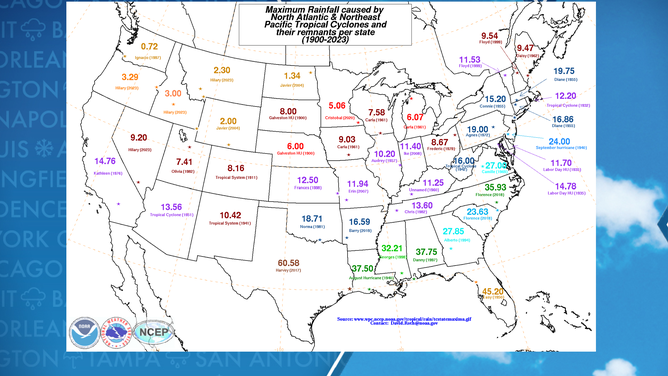
Tropical rainfall map
(FOX Weather)
Hurricane Matthew (85 mph) – 2016
- Landfall location: McClellanville, South Carolina
- U.S. damage: $10 billion
- Matthew was the costliest natural disaster of 2016 and impacted every state from Florida to Virginia. At least 47 people were killed in the U.S. as the storm traveled up the seaboard while weakening. The hurricane peaked at Category 5 strength in the Caribbean but made landfall in South Carolina as a Category 1. Similar to Florence, the name Matthew was retired and will not be used again to name cyclones in the Atlantic basin.
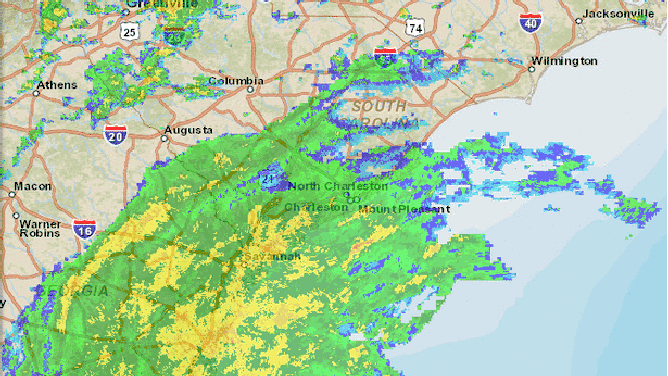
Hurricane Matthew radar animation
(NOAA)
